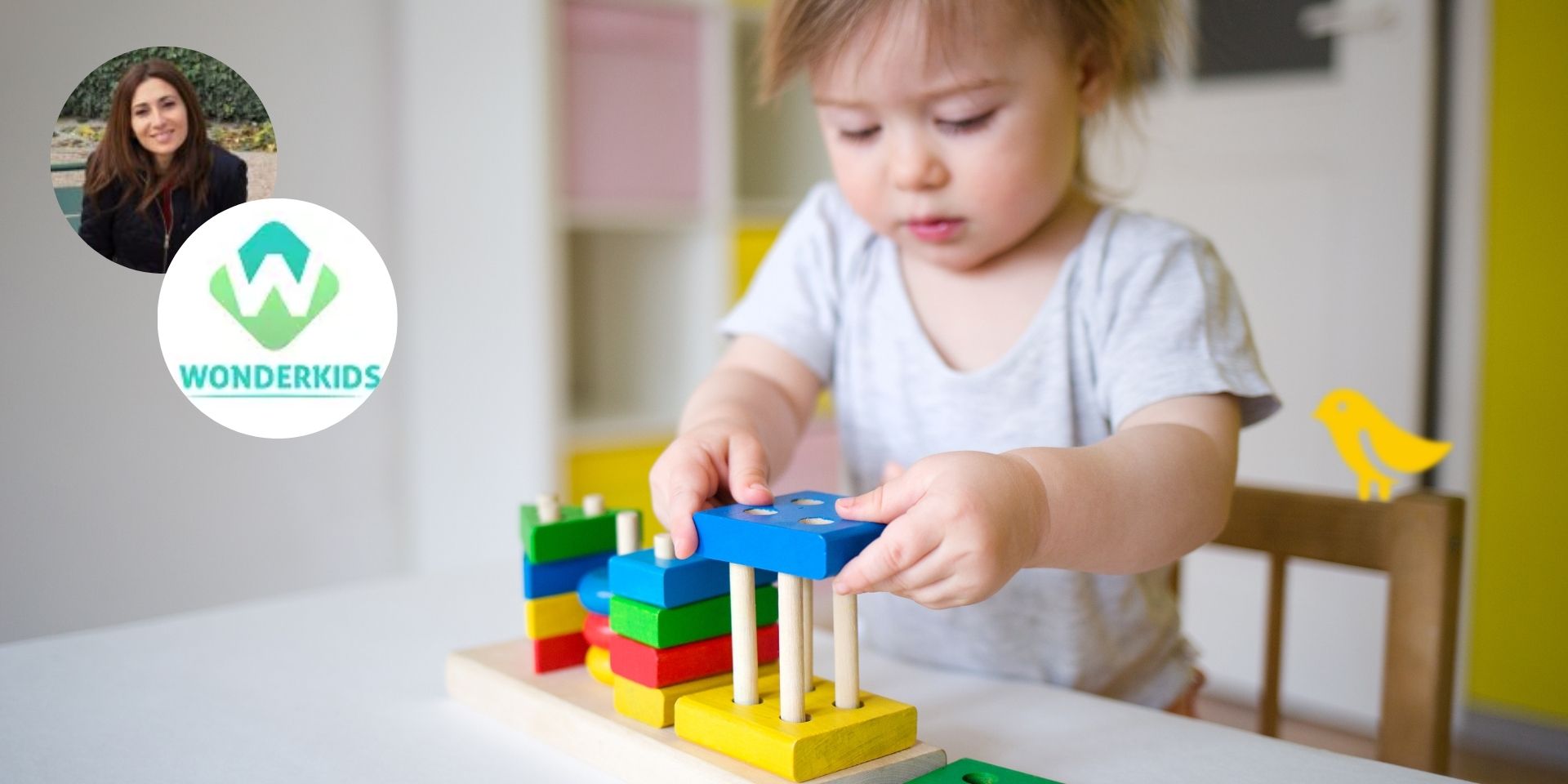Whether you have kids in day-care or have a phone full of baby development apps, you’ll be familiar with the term “Fine motor skills”. But what are they exactly, and what activities can we do at home to help promote them? Ema Bartolo is an occupational therapist and leader of the Wonderkids Paediatric Centre, a service that empowers parents and teachers to better support their children’s needs. Here, she discusses the importance of fine motor skills and gives us some development tips.
by Ema Bartolo
Fine motor skills are important for a child to be able to do everyday activities like buttoning up a shirt, using utensils to eat, tying shoelaces, cutting with scissors and writing. Fine motor development involves the movements of the small muscles of the hands and wrists. This process is quite complex and requires a coordinated effort between the brain and muscles. Fine motor development starts once a baby begins to explore objects with his hands and starts to put weight on his upper limbs through crawling. This can only happen once the primitive reflex (i.e palmar grasp) is integrated.
Fine motor development requires a number of essential skills to be set in place. These involve:
Postural Control and Shoulder Stability

A child needs to primarily master control over the larger muscles of the body to be able to use the hand muscles. Motor development starts proximally (in the core) and moves outwards towards the distal parts of the body. Hence when the bigger muscles of the shoulder girdle and trunk are strong and stable, the smaller muscles of the arms and hands can move freely in a controlled way.
Children who lack stability in the shoulder girdle and trunk may hold a pencil really tightly to try and get more control over it, or they may press really hard on the paper. In order to help your child develop good postural stability encourage lots of gross motor play with lots of climbing, pushing and pulling activities.
In infants, lying on the tummy and pushing up on the arms, as well as crawling will help the muscles of the shoulder girdle to develop. For the older kids you can encourage animal walks as part of play time, create obstacle courses where children can crawl under or over equipment, encourage them to help around the house and make sure to visit your local playground.
Tactile Perception

Good motor accuracy comes from good tactile feedback from the fingers. Children who experience poor touch perception will struggle with controlling a pencil or scissors because they cannot feel what they have in their hand properly. Add as many tactile activities to your children’s play time as you can. These can be fun and they can also promote your child’s creativity. You just need to be ready for the mess…
Bilateral Coordination

An important part of fine motor development is the child’s ability to use his hands in a coordinated manner. If you think about daily activities such as eating with a knife and fork, tying shoelaces, playing with construction toys or colouring, they all involve the hands working together in a coordinated way. Encourage your child to use both of their hands in play such as banging on toys, use of drums, pushing large toys, ball games, riding a bike/scooter, colouring or threading.
Prehension pattern

Our hand structure allows us to be very dextrous and be able to grasp all kinds of objects. Children have to learn how to use their hands and coordinate their fingers to develop these functions. This starts once the palmar grasp is integrated and the child starts to explore the world using his hands. The child will then develop the arches of the hand and the various prehension patterns such as the pincer grasp, use of index finger to point and the tripod grasp in order to be able to hold colouring pencils or cutlery.
The wrist, forearm, hand and finger muscles need to work well together in order to control pencils and other small objects and tools. To help your child develop this skill, encourage activities such as painting using different paint brushes, finger and hand prints, craft activities with small shaped pasta, rolling paper, popping bubble wrap, threading, and peeling stickers.
If a young child is unable to use his fine motor skills efficiently to be able to do everyday tasks, it can affect their self-confidence, their ability to develop self-care and independence skills, and also their academic performance. If you think your child struggles with their fine motor development get in touch with an Occupational Therapist to further assess their developmental pattern and give you the necessary strategy to help them learn this important skill.

Ema Bartolo is a state registered Occupational therapist who has been working in paediatric field for the past 11 years. She obtained her Occupational Therapy degree with the University of Malta and has a Master Degree in Sensory Integration with the University of Ulster. Ema has gained her clinical expertise by working in various paediatric sectors such as schools, outpatient clinics, neonatal intensive care, inpatient care and private clinics. She focuses her practice as a Sensory Integration Specialist for children with neurodevelopmental and sensory integration difficulties. She is currently leading the Occupational Therapy team at WonderKids.



